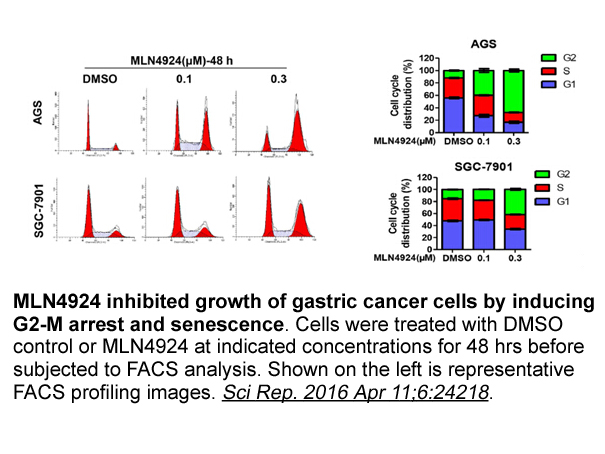Archives
br ROS in AiP and regeneration
ROS in AiP and regeneration
Tissue wounding and inflammation are associated with production of ROS, and recent studies show that generation of ROS, especially during the initial stages of wounding and regeneration are essential for an efficient wound healing response. ROS, in particular H2O2 function as an early damage signal to initiate and control different aspects of regenerative responses. In our recent work, we found that extracellular ROS (eROS) are produced by actively proliferating epithelial SR 3576 mg in response to activation of Dronc by pro-apoptotic signals. These eROS are required for the compensatory proliferation in both undead and genuine regenerative models of AiP in Drosophila eye and wing imaginal discs. Dronc triggers generation of eROS via activation of dDUOX specifically, and dNOX to a lesser extent (Fig. 4A). Loss of eROS by silencing dDUOX or by expressing extracellular catalases caused an impaired proliferative response [26], [59]. In the undead AiP model, eROS are necessary for recruitment and activation of hemocytes, Drosophila macrophage-like immune cells, to the eye imaginal discs. Hemocytes in turn secrete the TNF ortholog Eiger, which activates JNK signaling in the undead epithelial cells, and thus contributes to AiP (Fig. 4A) [26]. The presence of hemocytes on the overgrown undead epithelial tissue is reminiscent of tumor-associated macrophages (TAMs) seen in many solid tumors in human cancers. TAMs increase the inflammation linked with cancer, and function in tumor progression, immune suppression, angiogenesis and metastasis. High TAM-infiltration of tumors is associated with poor patient prognosis [60]. Peripheral blood monocytes are recruited to the tumor, and get “alternatively activated” (M2 phenotype) in response to the tumor microenvironment to differentiate into TAMs. Several tumor-derived factors like chemokines, cytokines and microparticles, extracellular matrix components and immune cells in the tumor microenvironment help polarizing TAMs to adopt a M2-like phenotype [61]. Along with these factors, it would be interesting to know if ROS from tumor cells contribute to activating TAMs, as is seen in the case of undead AiP model in Drosophila.
ROS-mediated recruitment of immune cells to wound sites is seen in several different model organisms. The role of H2O2 as a chemoattractant for recruiting leukocytes to the site of wounding was first demonstrated in zebrafish. Tail fin wounding of zebrafish larvae led to activation of DUOX at the site of injury, and generation of a tissue-scale gradient of H2O2 that promoted leukocyte chemotaxis to the wound. Loss of H2O2 gradient impaired leukocyte recruitment to the wound causing an imperfect wound healing response [62]. Further evidence supporting the role of H2O2 as a chemoattractant was demonstrated by studies in Drosophila embryos. Laser wounding of the embryonic epidermis triggers a rapid calcium flash at the wound edge that activates dDUOX via its EF hand motifs, leading to generation of H2O2 (Fig. 4A). H2O2 is responsible for recruitment of embryonic hemocytes to the wound, thus acting as early damage molecule in wound inflammatory response [63], [64].
However, these studies have not addressed the exact mechanism by which H2O2 promotes immune cell chemotaxis in vivo. It will be interesting to determine if H2O2 acts as a primary chemoattractant, or whether it stimulates production of downstream chemoattractants by the epithelial cells, or whether they modulate the extracellular matrix by interacting with the chemotactic plasma membrane receptors to attract immune cells. All these mechanisms are consistent with the paracrine signaling role of H2O2, and may act redundantly in different contexts. Direct chemotactic activity of H2O2 can be mediated via entering the cytoplasm and modulating intracellular signaling events in the immune cells. This was demonstrated in zebrafish larvae, where wound-derived H2O2 activated the Src family kinase Lyn in neutrophils through direct oxidation of a cysteine residue, thereby mediating leukocyte migration to the wound [65]. How redox sensing by Lyn instructs directional migration of neutrophils remains to be determined. This was answered in part by a study in Drosophila embryos, where epidermal wounding generated H2O2 that activated the Lyn homolog Src42A in the hemocytes. Activated Src42A phosphorylated and activated Draper-I (a member of CED-1 family of phago cytic receptors), thereby leading to activation of the kinase Shark, and migration of hemocytes to the wounds. Hence, it was proposed that H2O2 acts as an activator signal rather than a chemoattractant to activate a signaling cascade in the macrophages to prime them to respond to wounds [66].
cytic receptors), thereby leading to activation of the kinase Shark, and migration of hemocytes to the wounds. Hence, it was proposed that H2O2 acts as an activator signal rather than a chemoattractant to activate a signaling cascade in the macrophages to prime them to respond to wounds [66].